Photographing landmark buildings when you visit a new place, or even places closer to home is a great way to get stand out photos. Often the architectural beauty of the natural or man-made landmark will make the image dramatic, you simply need to compose the photo well.
In this article, you’re going to see the standard photo, and then how to make more creative images of well-known landmarks. You’ll see a case study of how to shoot one particular landmark in many different ways.

This photo was taken from the Trader’s Hotel in Kuala Lumpur. It shows the Petronas Twin Towers.
1 – The standard photo
Ahead of photographing more creative images of landmarks the aim is to make the best standard photograph you can. Chances are that a quick search on a photo sharing site like 500px.com will reveal this, so there is no need to re-invent the wheel here.
Once you know which landmark you want to photograph, the next step is to find out where that photo was taken from, if the same image has been taken many times there will likely be a viewing platform.
Once you are in position it’s time to compose your photo. It’s better if you can use a slightly different composition to those used before, perhaps try a vertical shot.
The last step is to ensure you have good images to process once you return home. Bracketing your images when the sky is brighter than the foreground will allow you to use creative post-processing techniques like digital blending. Alternatively, you can use graduated neutral density filters, and get your photograph exposed correctly in camera, with a single frame.
2 – Paint with light for creative images of landmarks

This photo shows how light painting can be used to create your own image.
One of the most creative things you can do in photography is light painting. There are several forms of this technique and each can give you dramatic results.
This is innovative in that the results will be your own, and difficult for someone else to replicate. Let’s take a look at the different forms of light painting that you could try.
- Light painting – Most people know light painting as writing their name with a torch (flashlight) in front of the camera. How about light painting around a landmark to add a creative edge? Those really interested in should look into buying the pixelstick.
- Kinetic light painting – This refers to moving the camera, as opposed to moving the light source. Examples of kinetic light painting are camera rotation and zoom bursts.
- Lighting up an object – You can light up a landmark using a strong flashlight, providing it’s not too far away. Using lights to brighten a landmark can make it stand out even more in the frame.

Camera rotation is a good way to make a creative image of a landmark.
3 – Infrared photos of landmarks
Make creative images of landmarks by using infrared photography! There are several avenues to achieving this look, and you have a choice of in-camera or post-processing.
The classic infrared photos show lots of foliage, sky, and usually a water element. The effect creates a dreamscape image by turning the sky black, and the foliage white. Infrared photography is best done on a clear sunny day, with a few clouds to create more interest.
The following are the three avenues open to you to create these photos when shooting with a digital camera.
- Take a normal photo, and use post-processing to give the image the look of an infrared photo.
- Add an infrared filter to the front of your lens. To get the infrared look you will need to take your file and process it on the computer.
- Convert your camera body so that it’s usable for infrared photography, again further processing will be required.

Though this photo uses the same composition of a previous one above, the mood is changed by using an infrared technique.
4 – Get those detail photos!
It’s always a good idea to take some detail photos of a landmark, these are texture images that often use repeating patterns. When photographing a landmark building, whether it’s old or new, you can use bricks or glass windows to create these texture photos.
Photos of natural formations will also have good details. Cliff faces may, for instance, have good lines and textures in them. The aim with this type of photo is to show detail, but at the same time make it obvious which landmark you are photographing. This could be structures that are unique to that particular landmark.
When shooting glass windows, is there a reflection in those windows that will give the photo context? When photographing landmarks always try to get detail photos to add more variety to the set of photos.

Creative images of landscapes can be achieved using detail photos. The metallic structure of the tower and the Malaysian flag lend context.
5 – See another world with refraction
An alternative way of producing a unique landscape image is through using refraction. A transparent spherical object will be needed for this, there are several options available. The best objects for producing this effect are a wine glass filled with water, a crystal ball, or perhaps a clear marble.
This is a great way of capturing a large area of your scene, with the effect in the refracting object being similar to a fish-eye lens. The image inside the ball will be upside down, so managing this aspect of the photo is important. This technique is a lot of fun, though the need to carry around a heavy glass ball can be taxing.

Refraction is a great method of producing a unique image, this one also shows a reflection.
6 – Long exposure for artistic effect
A great way to produce creative images of landmarks is to play around with long exposures. This is a variable that can be used in different ways to great artistic effect. It’s more common to carry out long exposure at dusk, or during the night; however using an ND filter will allow you to take long exposures during the day.
Here are three ways you can use long exposures:
- Car light trails – This is a form of light painting. In this case, the car headlights will paint their way through your frame, along the road you’re photographing.
- Cloud movement – If there are clouds in the sky, and they’re moving fast enough, you can use a long exposure to capture this motion.
- Moving water – Similar to the above cloud movement, but with water! The main subject is, of course, your landmark, but if that landmark has water near it, then use that to your advantage.
All good landscape photographers carry a tripod, and anyone planning this type of photo will need one. Your exposures will be anywhere from one second to several minutes long.

Long exposure photos of car light trails are a staple of photography. Here the road leads up to the Petronas towers on the horizon.
7 – Change your vantage point
The angle that you photograph a landmark at can have a dramatic effect on the type of photo taken. Today the sky literally is the limit, as drones allow for the overhead photos that were previously out of reach.
But a drone is not the only way to achieve a good photo by changing your vantage point. The standard photo is that at street (eye) level, so any variant on that changes the type of photo.
- Bird’s eye view – This type of photo is taken from a high vantage point, where you will photograph downwards. The most extreme example would be a drone, or perhaps an airplane.
- Worm’s eye view – The opposite of a bird’s eye view, this is taken from street level looking upwards. You will need to be close to the landmark you are photographing.
The challenge with this is finding a good location that allows a view of your landmark. In the city, this will mean getting access to a rooftop, or viewing platform. In a more rural setting, it means climbing a mountain!

A worm’s eye view can give you a different style of photo.
How will you make creative images of landmarks?
There are many ways to photograph a famous landmark in your own unique way. How do you go about putting your own stamp on a location that has been photographed many times before?
Have you tried any of the above suggestions? Can you revisit one of your previous photo locations, and photograph it totally differently? We’d love to see the results of your work past and present, please share with the community in the comments area below.

The Petronas Towers in Kuala Lumpur has been photographed many times. It can be a challenge to find a unique photo.
The post 7 Tips to Get More Creative Photos of Well-Known Landmarks by Simon Bond appeared first on Digital Photography School.

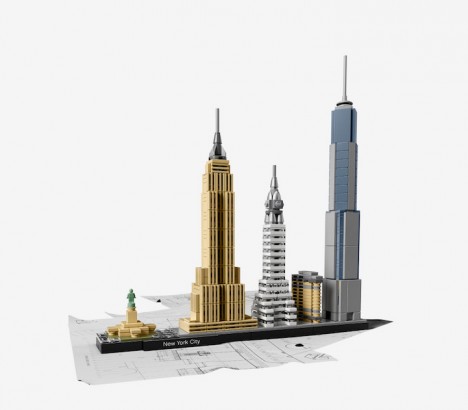

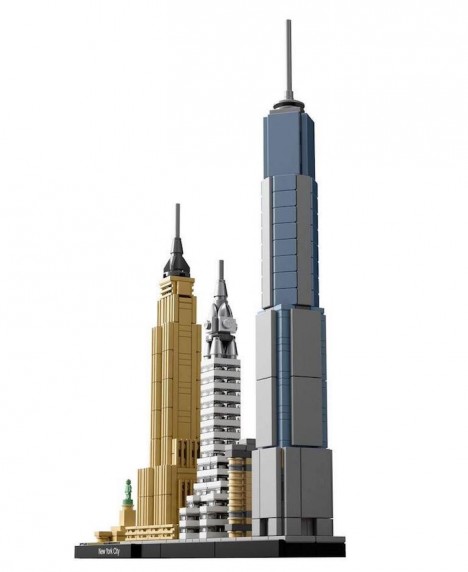
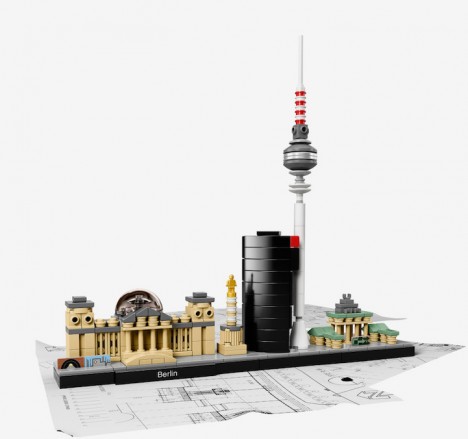
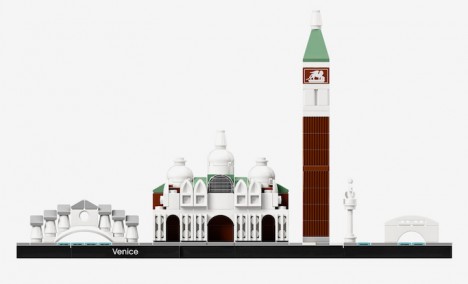
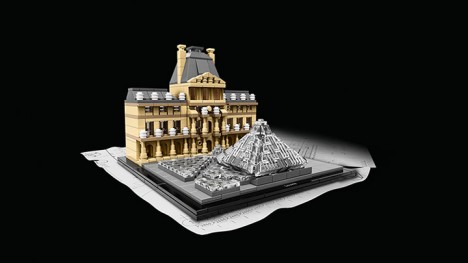
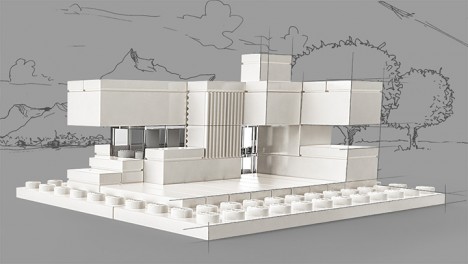
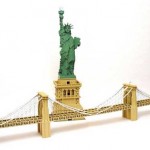
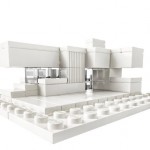





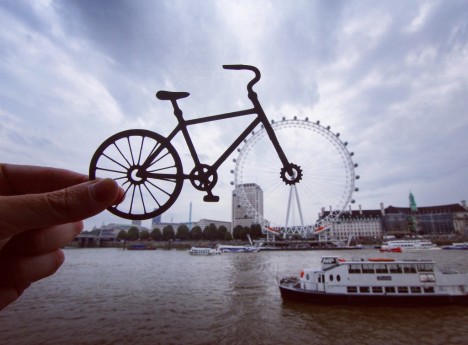


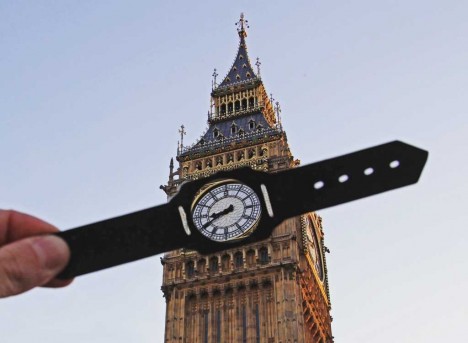
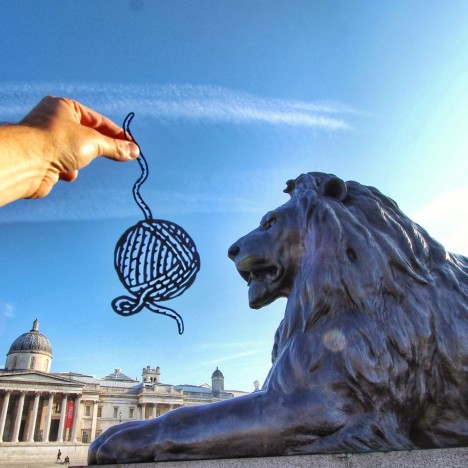

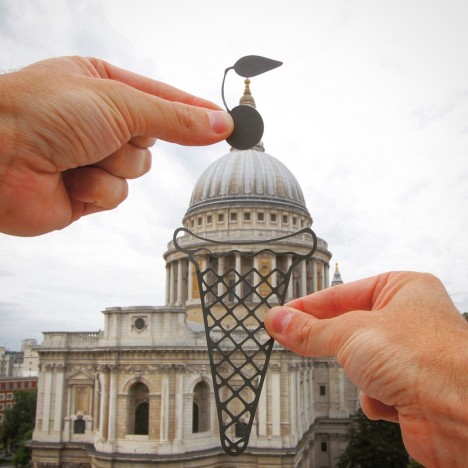
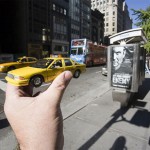
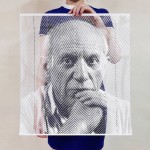

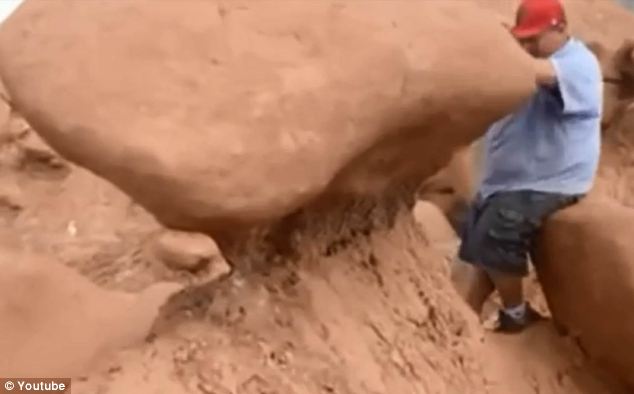
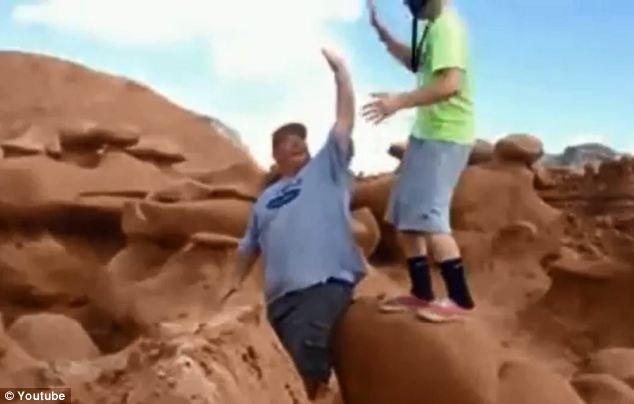
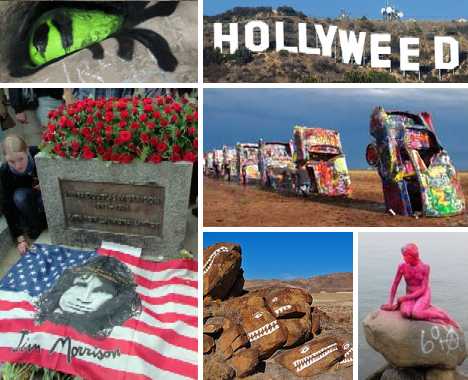
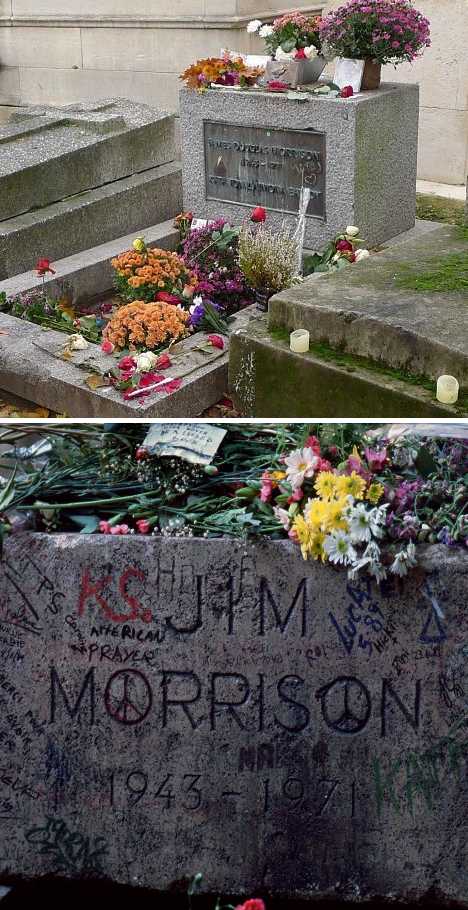
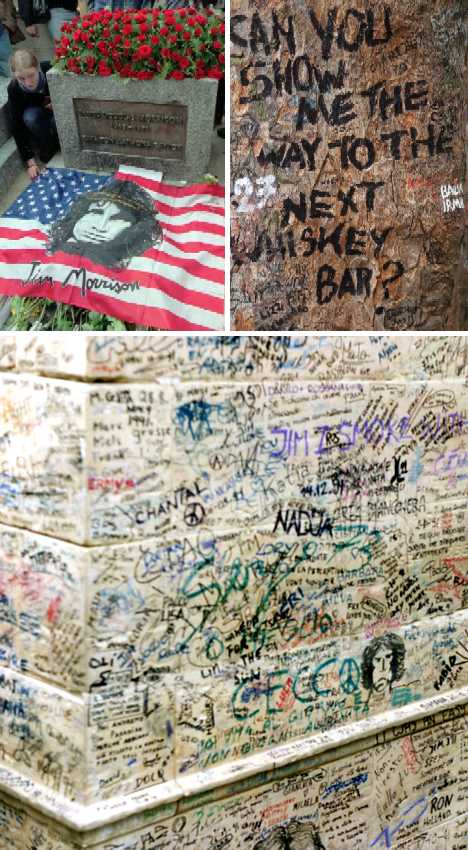
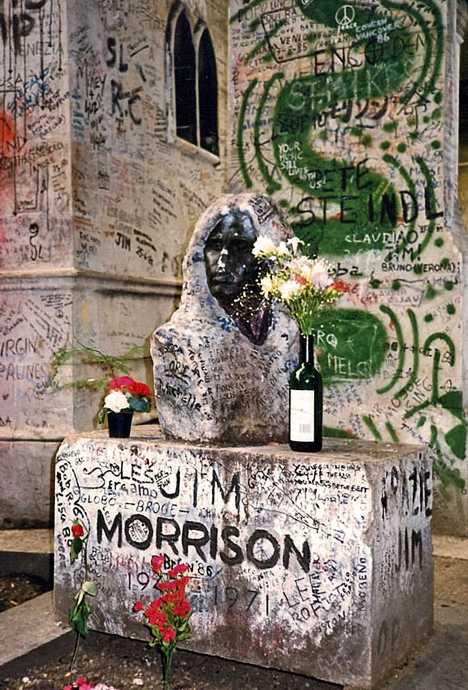
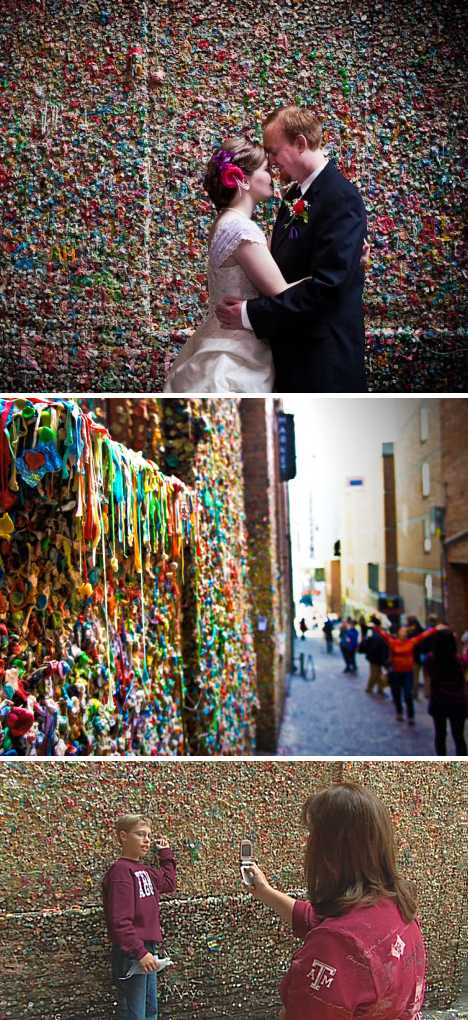
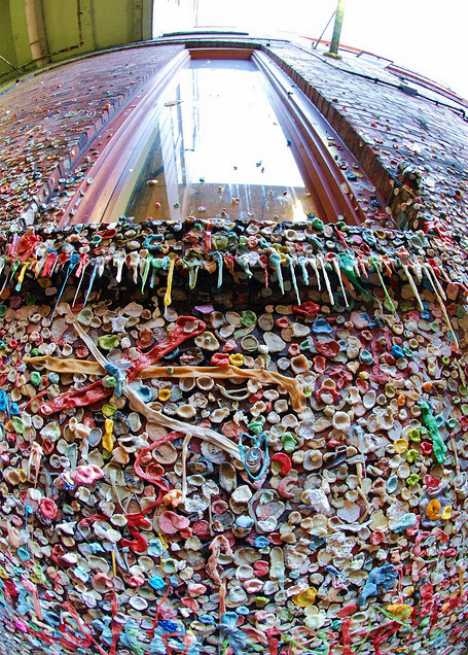







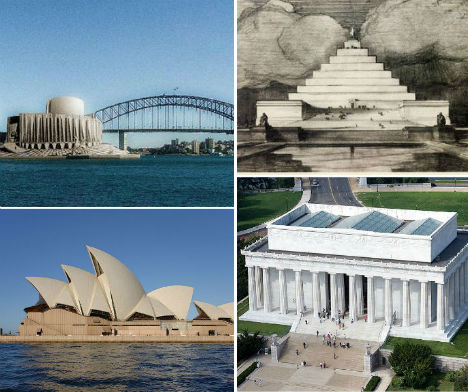
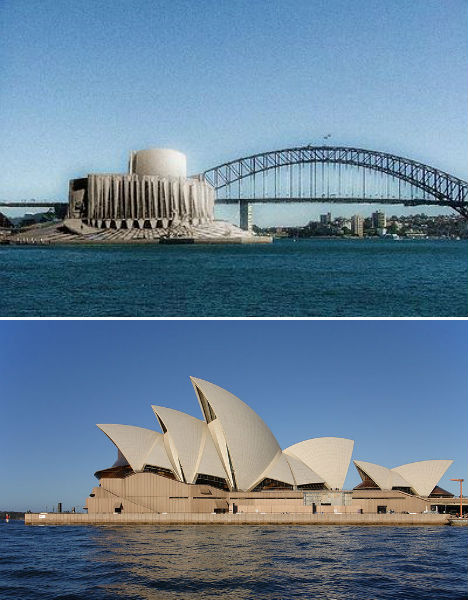

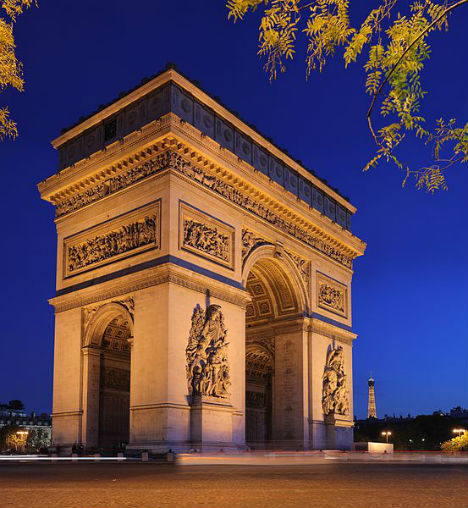

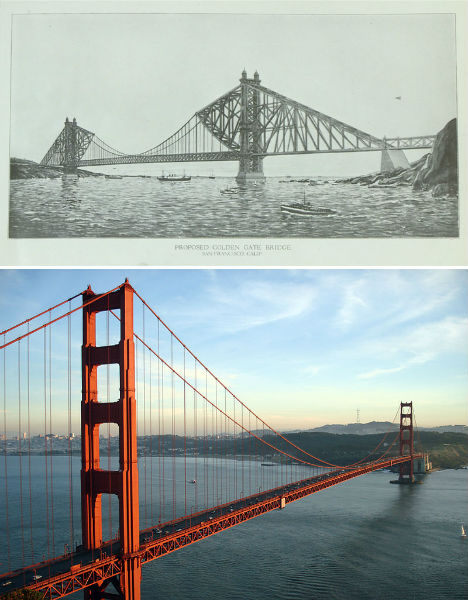
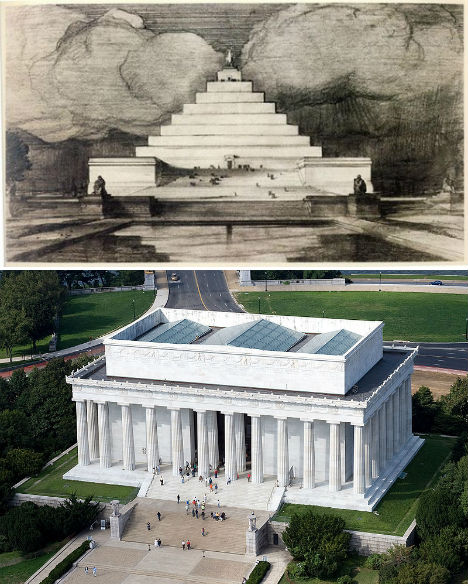
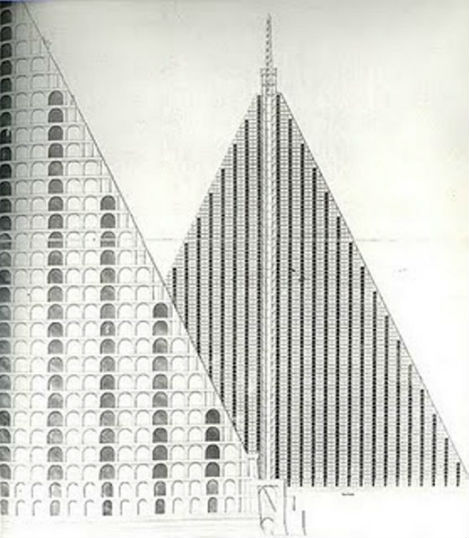
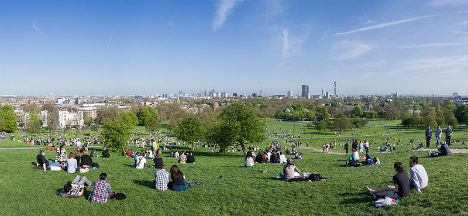
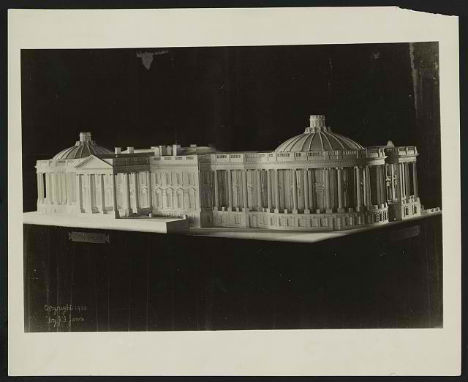
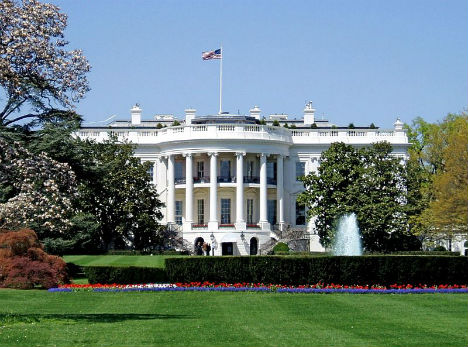
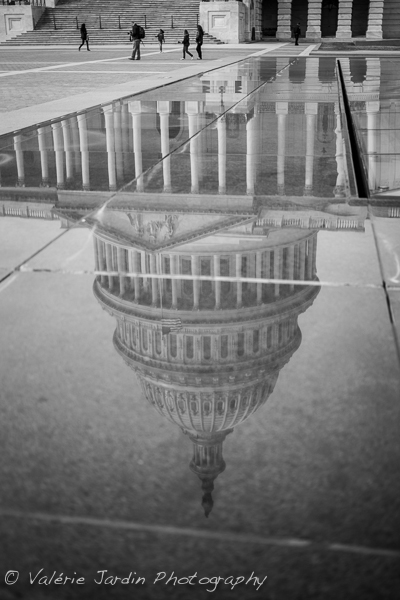
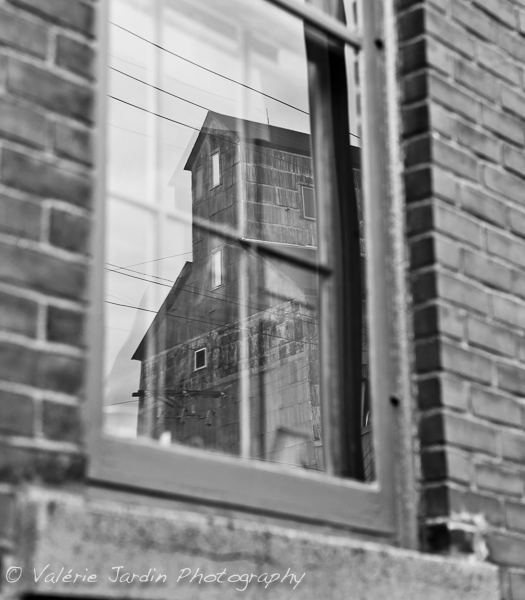

You must be logged in to post a comment.